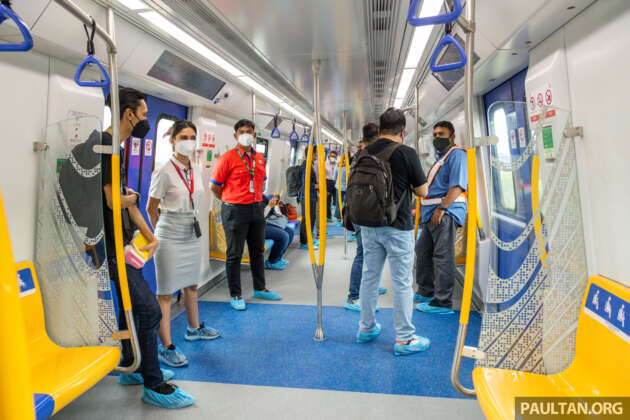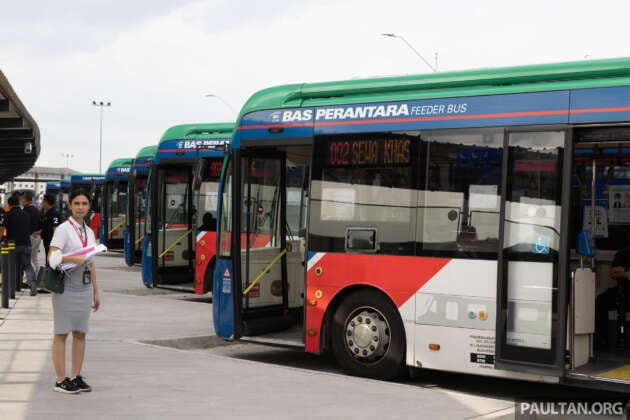Prasarana has reported a consistent increase in public transport ridership, which now averages at nearly 1.1 million people a day, as of November 30.
Of the total, Rapid Rail – which operates the MRT, LRT and Monorail in the Klang Valley – recorded average daily ridership of 835,119, while Rapid Bus recorded 258,710. The highest daily ridership record was set on November 22, when 1,200,433 people took public transport.
Prasarana says that these figures are its highest since the Covid-19 pandemic – in early 2020, the average figure was around 1.2 million people daily. The company says that its constant initiatives to improve the overall user experience – including the availability of services and the standard of facilities – have contributed to the increased ridership.
Rapid Rail is in a constant process to improve its services to ensure smooth rides without disruptions on all its routes. Since September, the company has been operating four new trains on the LRT Kelana Jaya Line under the KLAV27 (Kuala Lumpur Additional Vehicle) project. Another 15 trains will be received in stages through December 2024. Currently, the LRT Kelana Jaya Line has 48 trains with an average frequency of three minutes.
Average ridership on the MRT Putrajaya Line, which was launched in March this year, was 127,872 in November, up from 122,720 in October. The MRT Kajang Line recorded 225,705 in November, up from 219,576 in the previous month. Average ridership is expected to increase from January 2024 when the number of trains rise to 36 units, with a frequency of four minutes.
On the bus side, Rapid Bus will increase the number of buses to cope with rising demand, and to streamline bus operations to make it more efficient. It’s expected that 1,000 buses will operate daily by the end of the year, up from 762 at the start of 2023. This year, bus lanes in the city centre in cooperation with DBKL have been rolled out, and ridership in the Jalan Ampang corridor have increased by 15% thanks to the smoother journey.
As for public facilities including lifts and escalators at train stations, currently, 99% are functioning normally. However, the improvement of facilities is a constant process based on the condition-based maintenance idea. Prasarana says that it’s committed to improve its rail and bus services to spur public transport usage, in line with the target of 40% public transport usage in 2030.
The post Public transport ridership increase in Malaysia; daily average at 1.1m, highest since pandemic – Prasarana appeared first on Paul Tan's Automotive News.



0 Comments